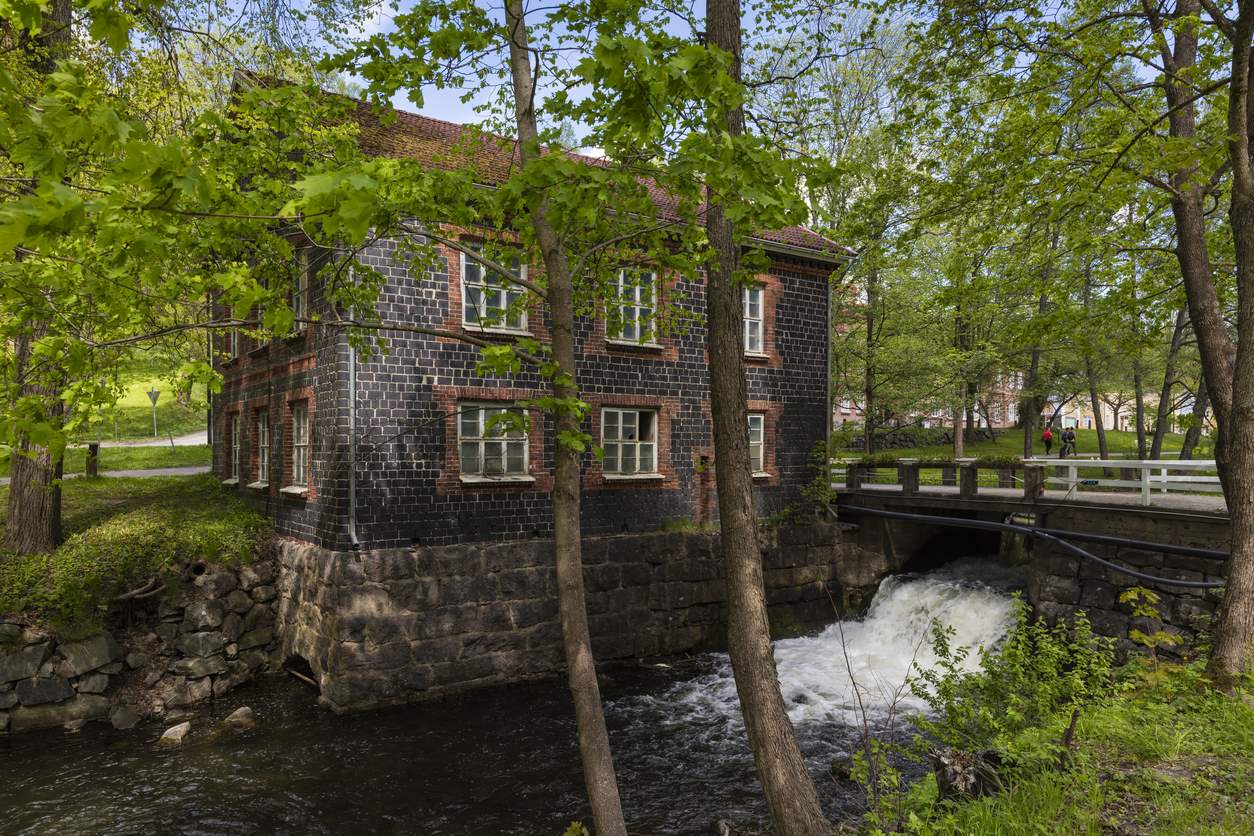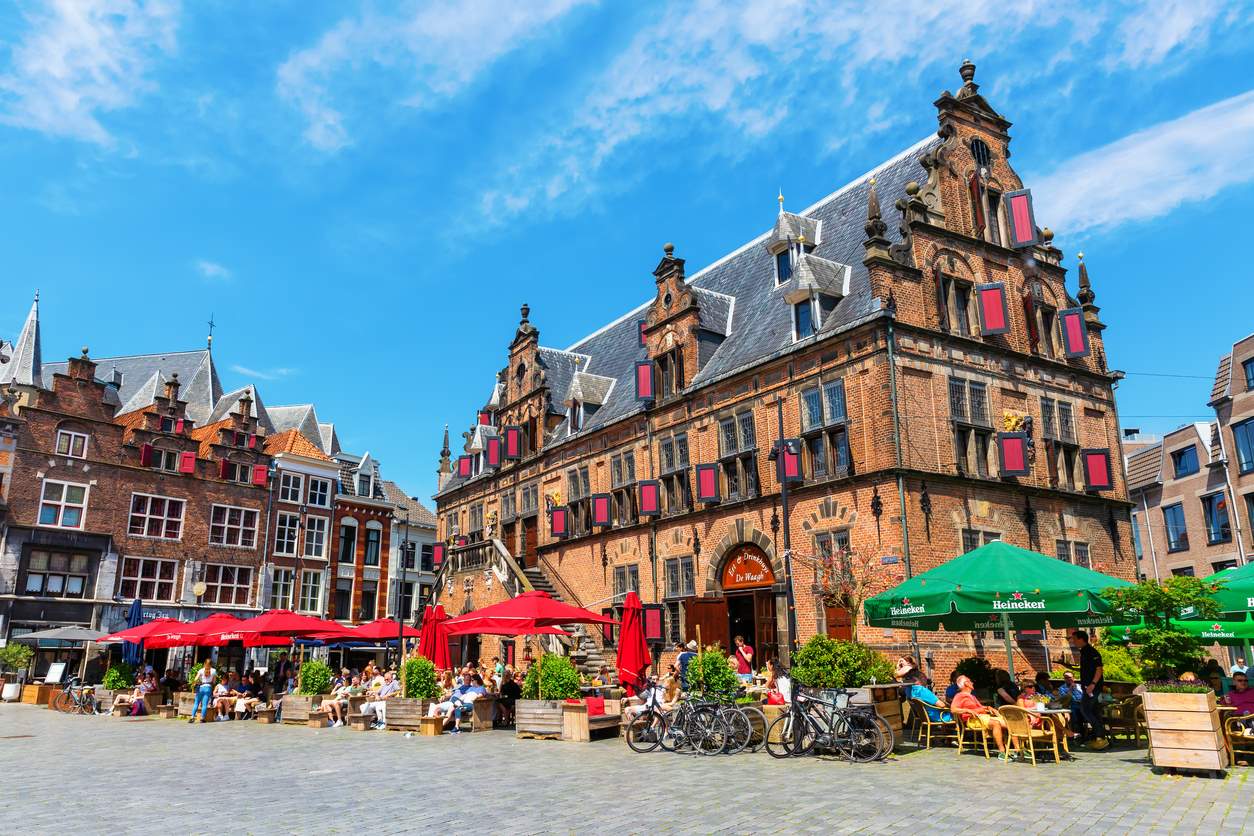TOURISM, CLOSER TO SUSTAINABILITY
There are always more and more places around the world betting on sustainable development, of the environment and also of the local population, and these places are putting efforts every single day in getting better because so far, a 100% sustainable place does not exist.
Green Destinations organization has the goal of giving recognition to the destinations that are working hard to improve tourism to a more sustainable and responsible industry, and at the same time, they create attractive experiences for visitors to share, and with that, they try to put their story of good practices in the spotlight.
Every year, Green Destinations elaborates the list Sustainable Top 100. Last March, the 100 winners of 2020, are competing in a new ranking: the best cases of success related to sustainability, divided into six categories.
After evaluating the efforts made by each territory, such as environmental protection, innovation, energetic transition, or the impact of tourism in the local economy, the winners of the category “Success Stories or Good Practice Stories” were announced at the ITB in Berlin, celebrated from March 9th thru 13th. As a new feature, the category “People’s choice” was included, and participants took the place of the jury.
From each category, organized according to the impact of the story in the community, the culture, the environment, the tourism, and even COVID-19, three destinations were selected in first, second, and third place.
We now show you the first place winners from each category:
FIRSKAS-FINLAND
Category: Communities & Culture

PICTURE: iStock
In the Year 1649, an iron Factory named Fiskars, where knives, scissors, and other products were produced until the ’80s of the last century. For more than 300 years Fiskars employed blacksmiths and boiler workers from Finland and also foreigners, a reality that set the alarms off when the company was relocated. The company’s CEO and managing director, Ingmar Lindberg, decide to invite professional artists, to live and work in the village, giving a new life to the workshops, studios, and apartments. Such was the success that by 1994 the first art exhibitions were organized, and years later, the Cooperative of Artisans, Designers, and Artist in Fiskars (Onoma) was formed.
The expositions attracted tourists that were amazed by its rural charm, currently reaching 200.000 visitors every year. Also, every year events and festivals are organized in order to promote art and design, and also, anyone who wishes to start a business in Fiskars must go thru a process of selection and must execute an agreement based on equitable distribution of the benefits of tourism.
FUTALEUFU-CHILE
Category: ITB Earth

PICTURE: iStock
In the province of Palena, there is a village called “Big River”, Futaleufu in Mapudungun language, surrounded by natural attractions that are difficult to access. Because of the geographical isolation and reduced number of inhabitants, it was necessary to develop a comprehensive waste management program that nowadays is an example of sustainability. Back in 2012, the first steps were taken in order to achieve urban waste management and, they also starting projecting how the city would work after implementing waste segregation into three categories, following the example of Esquel, a neighboring city in Argentina.
In 2016 a plan was implemented: door-to-door differentiated collection in 1.000 homes. For the execution of the project, the consulting company https://www.geociclos.cl/ was hired, they were in charge, during one year, of providing containers, realizing information campaigns, and organizing environmental education activities. An effort that helped maintain natural areas free of pollution, especially the Futaleufu and Espolon rivers, which are the main attractions of the area.
TIVAT-MONTENEGRO
Category: Nature & Ecoturism

PICTURE: iStock
This land, situated at the southwestern end of the Kotor bay, used to be a salt flat, and it was a stable source of livelihood for the local population. Several hundreds of families used to live off the salt, until the production stopped and Solila was forgotten, Tivat then became a landfill and also a natural area in equal parts. Nature flourished and the area started to be seen as a refugee for different animal species, it became one of the most important habitats for birds and halophytic vegetation in this territory.
Management tasks transformed the coastal environment into an attractive getaway to nature near to the city of Tivat, with walking trails, hides for bird watching, and information panels about the natural and cultural values of Solila. After years of work, they have been earning conservation certificates and Green Destinations recognizes their leadership in the utilization of tourism potential for the conservation of nature.
NIUE ISLAND
Category: Islands and Seaside

PICTURE: iStock
It stands out for being one of the places with the clearest sky in the world, thanks to its location in the middle of the Pacific Ocean, but also thanks to the efforts to fight against light pollution. They have been working, for years now, in protecting their natural and cultural values, as well as in managing carbon emissions and waste. However, the sky was the only component that was not officially recognized for its natural and cultural values even though the stars and the moon have a long story related to the navigation and the life of their inhabitants, influencing the culture, the environment, and even health matters.
Light pollution affects negatively the night sky and the wildlife and, facing this reality, they tried to ensure a sustainable future for their sky the same way they did with their land and water, by protecting birds and insects, preserving cultural astrology stories for future generations and an innovative job opportunity thru night sky tourism.
NIJMEGEN-NETHERLANDS
Category: Covid & Tourism

PICTURE: iStock
They developed a plan to improve the entertainment industry affected by the pandemic. They focused on educating tourists and residents of the most crowded spots and offer less packed options therefore safer.
The operation is really simple and result seem very hopeful: several experts are in charge of updating the state of the destinies according to the occupation in commercial areas, attractions, and urban center. This can be checked online on a map with a color code: green means quiet, orange is normal, and red is crowded, this information is offered to visitors to help them plan their trip.
BITEZ (BODRUM) – TURKEY
Category: People’s Choice

PICTURE: iStock
It has unique beaches and a great location, however, the number of tourists that visit every year made them reconsider the business model for entertainment. They created an environmental awareness plan with the goal of improving the condition of their waters.
The Bodrum City Council carried out studies and detected that the level of pollution of the seas, especially where tourist ships dock, has dramatically increased during the last few years. Additionally, the loss of biodiversity and the increase of marine debris is clear.
That’s why for the first time, they initiated a clean-up campaign of the seabed under the slogan “Blue is the best color for the sea”.




